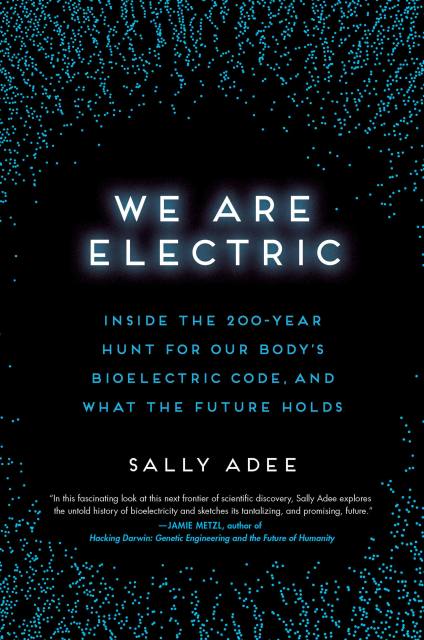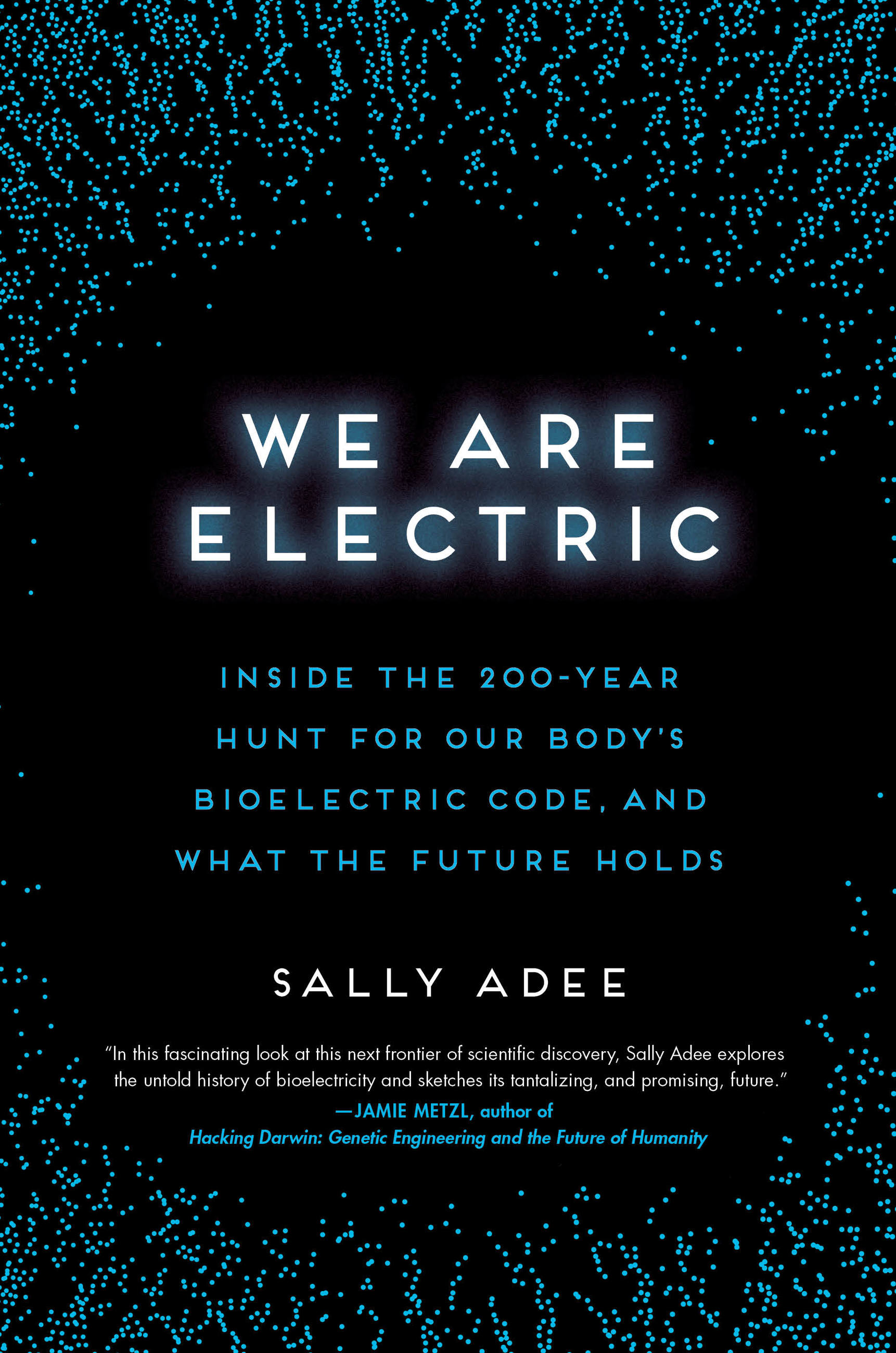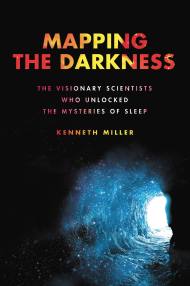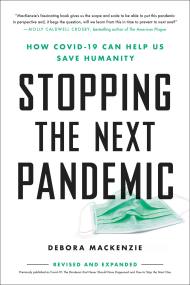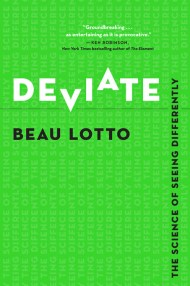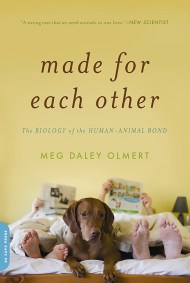Promotion
Use code MOM24 for 20% off site wide + free shipping over $45
We Are Electric
Inside the 200-Year Hunt for Our Body's Bioelectric Code, and What the Future Holds
Contributors
By Sally Adee
Formats and Prices
Price
$15.99Price
$20.99 CADFormat
Format:
- ebook $15.99 $20.99 CAD
- Hardcover $30.00 $38.00 CAD
- Audiobook Download (Unabridged) $27.99
- Trade Paperback $19.99 $25.99 CAD
This item is a preorder. Your payment method will be charged immediately, and the product is expected to ship on or around February 28, 2023. This date is subject to change due to shipping delays beyond our control.
Also available from:
You may be familiar with the idea of our body's biome: the bacterial fauna that populate our gut and can so profoundly affect our health. In We Are Electric we cross into new scientific understanding: discovering your body's electrome.
Every cell in our bodies—bones, skin, nerves, muscle—has a voltage, like a tiny battery. It is the reason our brain can send signals to the rest of our body, how we develop in the womb, and why our body knows to heal itself from injury. When bioelectricity goes awry, illness, deformity, and cancer can result. But if we can control or correct this bioelectricity, the implications for our health are remarkable: an undo switch for cancer that could flip malignant cells back into healthy ones; the ability to regenerate cells, organs, even limbs; to slow aging and so much more. The next scientific frontier might be decrypting the bioelectric code, much the way we did the genetic code.
Yet the field is still emerging from two centuries of skepticism and entanglement with medical quackery, all stemming from an 18th-century scientific war about the nature of electricity between Luigi Galvani (father of bioelectricity, famous for shocking frogs) and Alessandro Volta (inventor of the battery).
In We Are Electric, award-winning science writer Sally Adee takes readers through the thrilling history of bioelectricity and into the future: from the Victorian medical charlatans claiming to use electricity to cure everything from paralysis to diarrhea, to the advances helped along by the giant axons of squids, and finally to the brain implants and electric drugs that await us—and the moral implications therein.
The bioelectric revolution starts here.
Genre:
-
**One of Next Big Idea Club's Nonfiction Books to Watch Out for in 2023, one of Science News’ Favorite Science Books of 2023, one of The Telegraph's Top Fifty Books of 2023, one of Behavioral Scientist’s Notable Books of 2023**
-
"In her engaging debut...[Adee] traces efforts to explore--and sometimes exploit--the human "electrome," doing full justice to the complex issues surrounding the body's electric forces."The New York Times Book Review (Editor's Choice)
-
"Sally Adee manages that most difficult feat in science writing: taking a subject you didn’t know you cared about and making it genuinely fascinating and exciting. The ‘ohmigod-that’s-so-cool’ moments come thick and fast as she brings the science up to date, investigating today’s cutting edge and what the future may hold for bioelectric medicine. It’s a vast and hugely exciting area of scientific research, shared with infectious enthusiasm, a real depth of knowledge, a smart and funny turn of phrase. You’ll never think of life in the same way again."Caroline Williams, author of Move!: The New Science of Body Over Mind
-
“The human body runs on an electricity we barely understand. Unlocking its secrets has the potential to usher in a new age of human health interventions that will revolutionize the way we comprehend and treat our most common maladies. In this fascinating look at this next frontier of scientific discovery, Sally Adee explores the untold history of bioelectricity and sketches its tantalizing, and promising, future.”Jamie Metzl, author of Hacking Darwin: Genetic Engineering and the Future of Humanity
-
“If you thought genetics was the secret of life, think again: in We Are Electric, Sally Adee vividly explores the magic of bioelectricity, and how it affects every aspect of our being. A joy to read—I loved this book.”Joseph Jebelli, author of In Pursuit of Memory: The Fight Against Alzheimer's
-
“As Sally Adee describes with great wit and insight, we are nothing without electricity: it’s the stuff of life, and of death. This is such a thrilling, compelling and energizing book - reading it, I couldn’t help picturing the author as Zeus, chucking lightning bolts at me. Such a timely book, too. The future is - I’m sorry, I can’t help it - electrifying.”Rowan Hooper, author of How To Save The World For Just A Trillion Dollars
-
“The electrome may be as important to our understanding of life as the genetic code—yet few of us are aware of these groundbreaking developments. With scintillating storytelling, Sally Adee takes us to into the heart of this scientific revolution and its potential to transform medicine. We Are Electric is science writing at its very best—it shimmers with wit and insight. Prepare to be entertained, enlightened, and yes, electrified, by this brilliant book.”David Robson, author of The Intelligence Trap and The Expectation Effect
-
“This book blew my mind. We Are Electric is a thrilling read, and Sally Adee explains everything from the intricacies of our electric cells to the potential for new medical treatments—and brain-hacking—with a sparkling clarity.”Michael Brooks, author of The Art of More: How Mathematics Created Civilization
-
“[In] her excellent first book, We Are Electric, about the newly discovered world of the body’s so-called electrome….Sally Adee has written an absorbing and fast-paced account of a field of research that could thus herald a whole new era of paradigm-shifting medicine. Moreover, she has done so without apparently drinking the Kool-Aid of today’s many bioelectricity boosters….Adee has performed sterling service in persuading us to contemplate the benefits and possible implications of what seems our inevitable electric future.”Simon Winchester, The New York Times
-
"Fascinating stuff."Terry Gross, "Fresh Air" (NPR)
-
“The research [Adee] describes is certainly remarkable, and her enthusiasm for bioelectricity’s enormous potential makes We Are Electric a lively read.”The Wall Street Journal
-
"Adee wades through piles of up-to-the-minute research about the human bioelectrical system and how it can be manipulated, intentionally or not; if nothing else, it will make you marvel anew at your body as an infinitely intricate machine."Gregory Cowles, The New York Times Book Review
-
"Adee entertainingly introduces the electrome, encompassing all the different roles that electricity plays in living creatures."Financial Times (Best Summer Books of 2023)
-
“Adee gives an entertaining account… Adee’s enthusiasm is infectious, and she conveys well the jaw-dropping scale and complexity of this newly discovered ‘electrome.’ This ‘bioelectrical revolution’ is more than medicine.”Times of London
-
"In her debut book, [Sally Adee] paints a riveting (and often humorous) picture of 200 years of research on the bioelectricity coursing through our bodies, from debates over twitching frogs’ legs to devices developed to give sensation back to people with traumatic nerve injuries."Scientific American
-
“One thing readers might not expect from a book that illustrates the intricacies of ion channels: It’s surprisingly funny….energy thrums through the book, charging her storytelling like a staticky balloon. Adee is especially electrifying in a chapter about spinal nerve regeneration and why initial experiments juddered to a halt….Such implants bring many challenges — like how to marry electronics to living tissue—but Adee’s book leaves readers with a sense of excitement.”ScienceNews.org
-
“A stylish recounting of the story of bioelectricity, its dramatic history and thrilling possibilities…. Adee is a reassuring guide through this complex and controversial subject. Her technical explanations are exemplary, rendering biological processes comprehensible to those almost entirely uninitiated with the life sciences…. It is astonishing that We Are Electric is the first popular science book on this subject; it taps into the magic of science that we are only on the brink of understanding. A book which does its fascinating subject justice: elegant, exciting and expertly written.”The Institution of Engineering and Technology, E&T Magazine
-
"Adee, a former technology watcher for New Scientist, has put together an admirably comprehensive and clear look at electrical life, past, present and future....Adee remains impressively surefooted while balancing all these demands....Add some enterprising personal reporting, and a slew of good stories...and the result is entirely readable."The Arts Desk
-
“The author also tells us – in her often amusing, always engaging style – that it is the electrome that determines where our heart, brain or kidneys should be located….It is staggering to learn here that scientists are using algorithms to decode the electrical signals from our brain, and, thus, read our thoughts…. Our future appears electric, and this book does a great job of explaining why.”Irish Times
-
"A revelatory survey of bioelectricity...[Adee] masterfully shows the implications of new discoveries and spotlights where the science doesn’t add up....With lucid explanations and fascinating anecdotes, Adee is the perfect guide to this hidden realm. Pop science fans, take note."Publishers Weekly (starred review)
-
“[Adee] provides a wealth of material to think about. A clear, intriguing examination of a field with huge potential.”Kirkus Reviews
-
"In this ground-breaking book, the electrome is explained simply and easily for the first time as science and technology writer Adee investigates how biology and electricity converge in our bodies (bioelectricity) and the impact this could have on future medical breakthroughs....[We Are Electric is] a book that’ll make you fundamentally rethink what you know and appreciate about your body."Stylist.co (UK)
-
"The book is packed with...fantastic stuff."IEEE Spectrum podcast
-
“This wonder of a book…. The results are astonishing, as is this read on the body’s cellular bioelectricity and how microcurrents might change everything for humanity. But this is no trendy biohacker book; Sally Adee dives deep into two centuries of science and quackery, going back to a weirdly captivating feud between 18th-century physicists.”New York Post’s Best Books of 2023
- On Sale
- Feb 28, 2023
- Page Count
- 352 pages
- Publisher
- Hachette Books
- ISBN-13
- 9780306826641
Newsletter Signup
By clicking ‘Sign Up,’ I acknowledge that I have read and agree to Hachette Book Group’s Privacy Policy and Terms of Use
